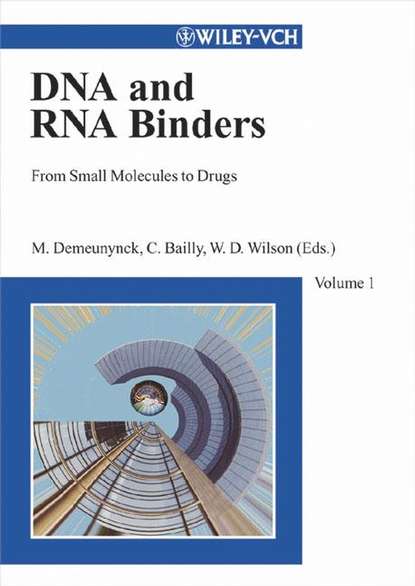
Small Molecule DNA and RNA Binders скачать fb2
Martine Demeunynck - Small Molecule DNA and RNA Binders краткое содержание
The development of molecules that selectively bind to nucleic acids has provided many details about DNA and RNA recognition. The range of such substances, such as metal complexes, peptides, oligonucleotides and a wide array of synthetic organic compounds, is as manifold as the functions of nucleic acids. Nucleic acid recognition sequences are often found in the major or minor groove of a double strand, while other typical interactions include intercalation between base pairs or the formation of triple or quadruple helices. One example of a binding mode that has recently been proposed is end stacking on such complex structures as the telomere tetraplex. In this comprehensive book, internationally recognized experts describe in detail the important aspects of nucleic acid binding, and in so doing present impressive approaches to drug design. Since typical substances may be created naturally or synthetically, emphasis is placed on natural products, chemical synthesis, the use of combinatorial libraries, and structural characterization. The whole is rounded off by contributions on molecular modeling, as well as investigations into the way in which any given drug interacts with its nucleic acid recognition site.
Чтобы оставить свою оценку и/или комментарий, Вам нужно войти под своей учетной записью или зарегистрироваться



